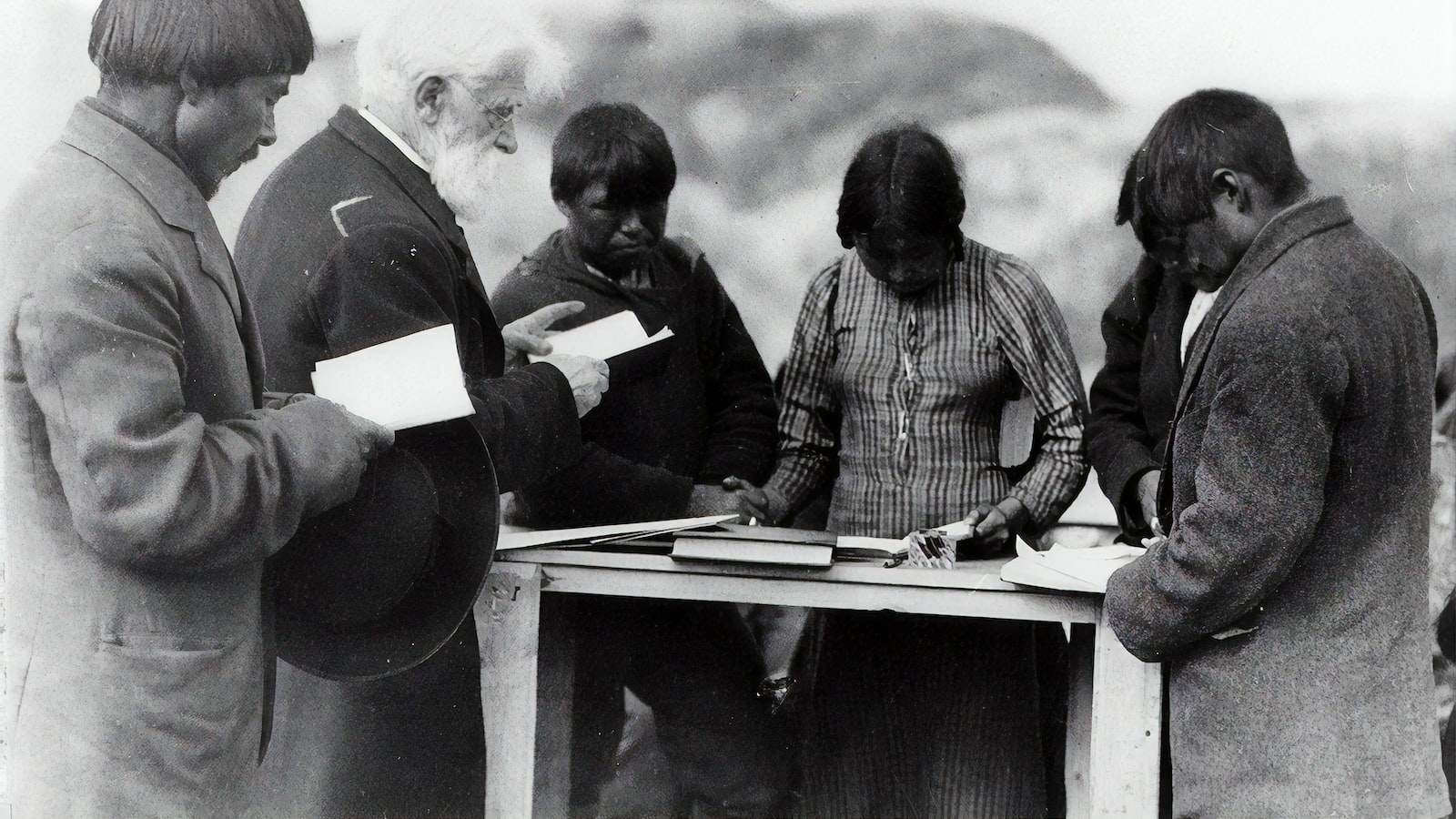The rapid development of technology is giving rise to a new form of artistic expression. Artificial intelligence (AI) is being used to create music, videos, and images that are strikingly similar to those created by human artists. While this technology has the potential to inject creativity into the music industry, it also has the potential to undermine the work of existing musicians.
In efforts to protect creators from this form of “copycat” art, YouTube has unveiled plans to expand its existing copyright laws. YouTube CEO Susan Wojcicki announced the plans at the company’s Music Matters Summit in London.
The first step is to implement tougher copyright protections for original music works. YouTube will begin recognizing original music compositions as separate works from the recordings themselves. This will allow creators to earn royalties for both the composition and the recording of a song.
The second step is to define what counts as an original work. YouTube will use its ContentID system to identify and prevent users from re-uploading copyrighted works without permission. Additionally, the company plans to expand its audio recognition technology, which is designed to detect when a song has been copied. This technology will help YouTube identify and take action against AI generated works.
Finally, YouTube plans to expand its copyright policy to cover all creators, regardless of their level of fame. This means that aspiring musicians will also be eligible to receive royalties for unoriginal music that appears on the platform.
These updates to YouTube’s existing copyright policies will help protect creators from the growing threat of AI copycats. By giving creators a legal basis to challenge infringement on their works, YouTube hopes to create a safe space for music makers to explore their creative potential without the worry of having their ideas stolen.

